By: Sudha Ramachandran
In his very first interview after taking office in February 2018, new Nepali Prime Minister Khadga Prasad Oli said his government would seek to revive a US$2.5 billion Sino-Nepali hydropower project on the Budhi Gandaki River (South China Morning Post, February 19). The project’s fate has become tied with the country’s rapid turnover of governing coalitions, as well as a bellwether for the struggle for supremacy between pro-PRC and pro-Indian factions in Nepali politics. In May 2017, a government led by the Communist Party of Nepal (Maoist Centre) (CPN-MC)—now a junior partner in the governing coalition led by Oli’s Communist Party of Nepal (United Marxist Leninist) (CPN-UML)—awarded the contract for the 1,200 MW hydropower project to the China Gezhouba Group, to be built as part of China’s Belt and Road Initiative (BRI).
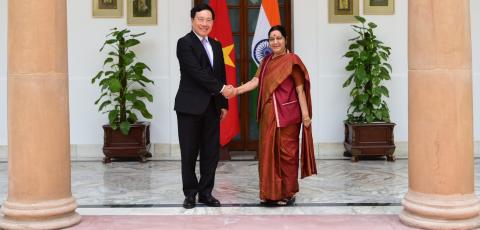

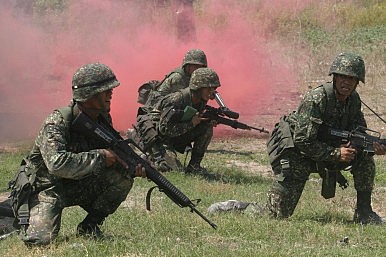
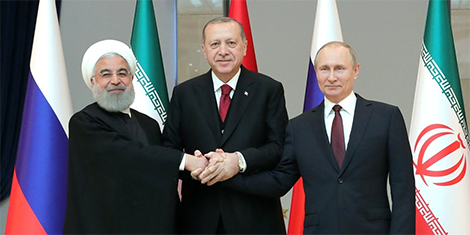


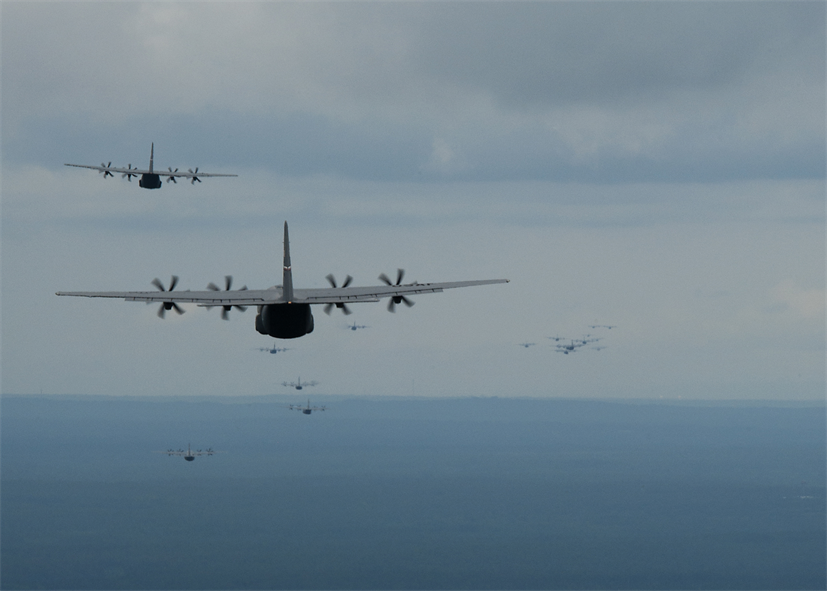






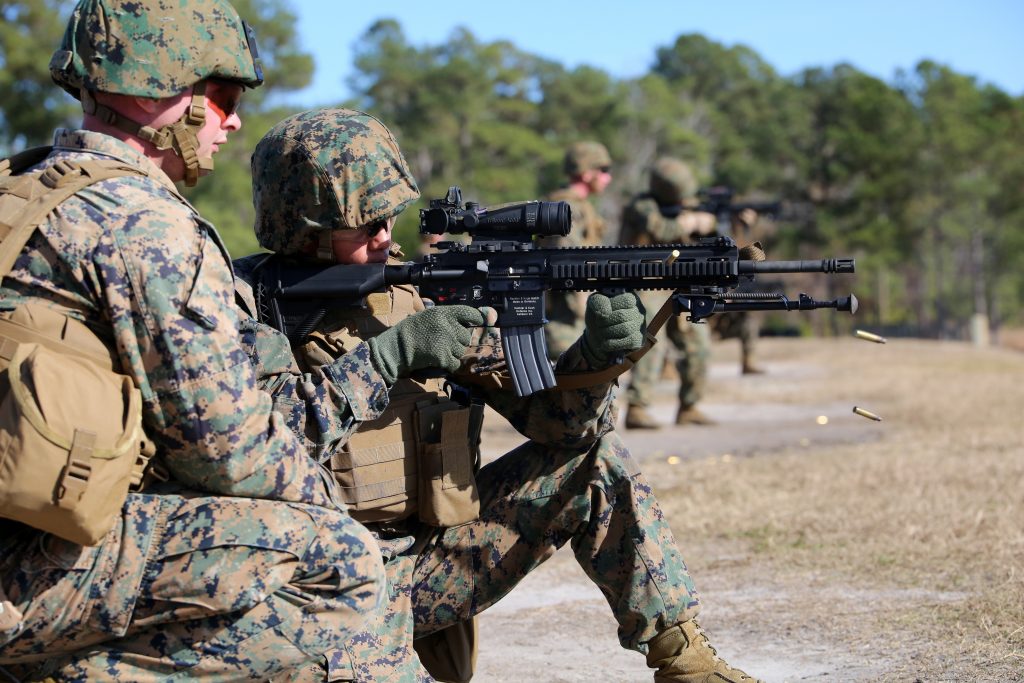
/https://public-media.smithsonianmag.com/filer/ca/72/ca725938-6882-445a-915a-0fcff98f1389/1095px-incheonlandingmcarthur.jpg)